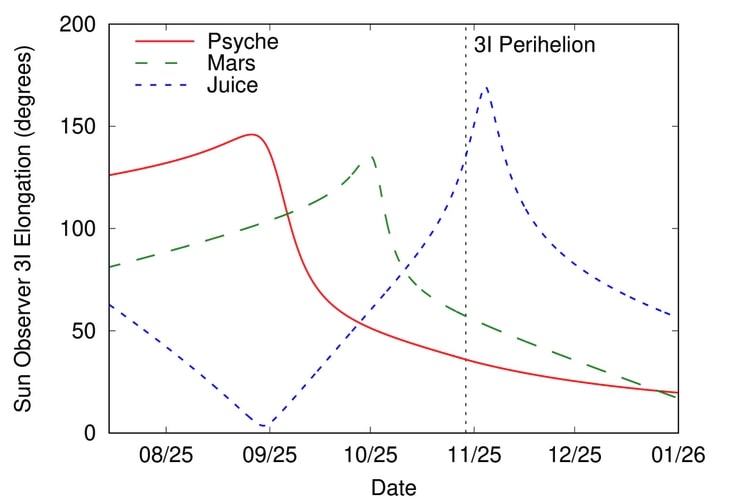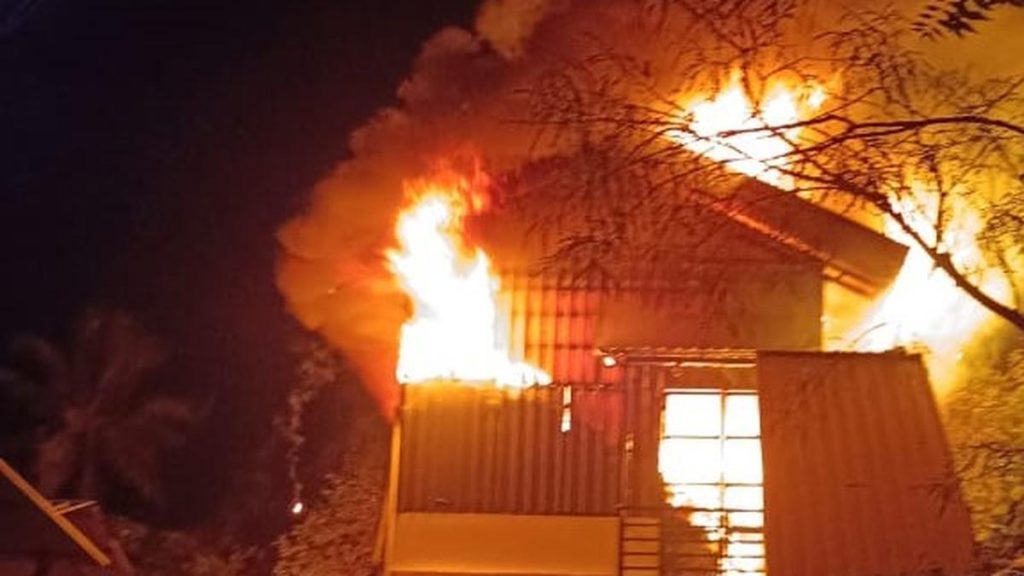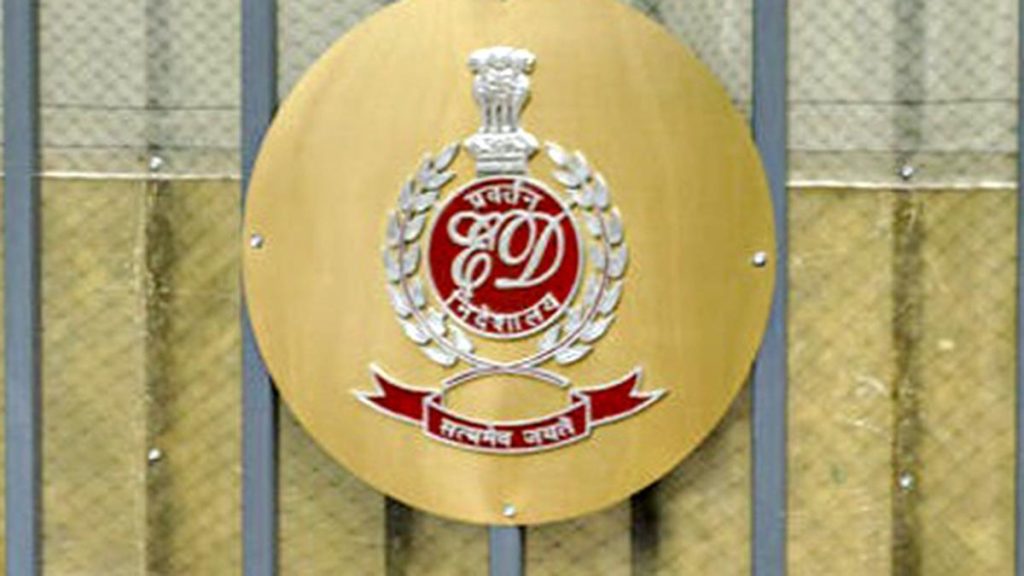Now Reading: NASA’s Psyche Spacecraft Observes 3I/Atlas Amid Global Study Efforts
-
01
NASA’s Psyche Spacecraft Observes 3I/Atlas Amid Global Study Efforts
NASA’s Psyche Spacecraft Observes 3I/Atlas Amid Global Study Efforts

Quick Summary
- The interstellar object 3I/Atlas will be observed by 15 spacecraft over the next few months, including those orbiting Mars and heliocentric spacecraft.
- On September 4, 2025, NASA’s Psyche spacecraft observed the object at a distance of 0.302 AU as it passed by Mars.
- Other critical observation points include October 3 (Martian spacecraft array) and November 4 (Juice spacecraft close approach).
- Spacecraft such as Europa Clipper, Hera, Lucy, and solar observatories SOHO, Solar Orbiter, and Parker Solar Probe may gather spectral and imaging data during this period.
- Earth-based telescopes face notable limitations due to daylight restrictions:
– Rubin LSST will not observe from October 6-november 14.
– ALMA radio telescope faces constraints between October 11-30 due to solar elongation limits.
– Space telescopes like JWST and Hubble are unable to observe from late August through December due to elongation limits.
- X-ray observations are possible but constrained; Chandra X-ray telescope blacked out September-November; XMM Newton restricted until December.
- observations aim to test origin hypotheses for thick disk objects like comets or interstellar bodies.
- Monitoring fragmentation events is vital for understanding the object’s chemical composition and its behavior near perihelion.
Indian Opinion Analysis
The observation of interstellar object 3I/Atlas represents an remarkable scientific prospect with wide-ranging implications. The coordinated efforts of multiple spacecraft-especially those targeting ad hoc data gathering amid complex mission schedules-highlight the global commitment towards advancing space exploration. For india’s space program aspiring toward ambitious planetary missions in collaboration with international entities like NASA or ESA, these observations emphasize the importance of adaptability in observing unexpected phenomena.
Moreover, Earth-based observational challenges faced due to atmospheric conditions or orbital constraints underscore why investment in advanced space technologies is critical for India’s scientific horizon. With ISRO’s focus on boosting India’s astrophysical capabilities (e.g., future satellite missions), ensuring readiness for tackling rare cosmic events remains a logical step forward.
studying objects like Atlas originating likely from galactic “thick disk” regions contributes valuable insights into early star formation processes across our universe-a field set to expand how humanity perceives its cosmic existence. While primarily handled now by advanced systems globally-India too holds potential roles ahead bridging terrestrial issues yet equally contributing futuristic astronomy worldwide platforms!
























